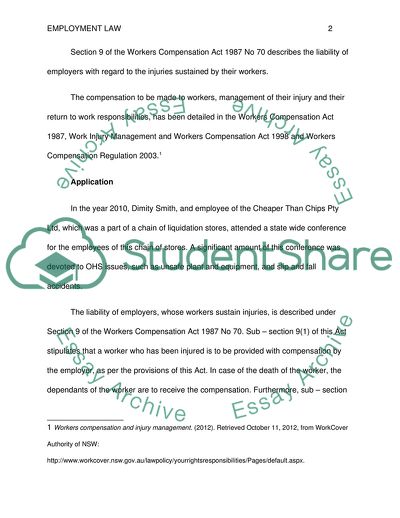Cite this document
(Human Resources and the Law (Employment Law) Essay, n.d.)
Human Resources and the Law (Employment Law) Essay. Retrieved from https://studentshare.org/law/1783128-human-resources-and-the-law-employment-law
Human Resources and the Law (Employment Law) Essay. Retrieved from https://studentshare.org/law/1783128-human-resources-and-the-law-employment-law
(Human Resources and the Law (Employment Law) Essay)
Human Resources and the Law (Employment Law) Essay. https://studentshare.org/law/1783128-human-resources-and-the-law-employment-law.
Human Resources and the Law (Employment Law) Essay. https://studentshare.org/law/1783128-human-resources-and-the-law-employment-law.
“Human Resources and the Law (Employment Law) Essay”. https://studentshare.org/law/1783128-human-resources-and-the-law-employment-law.


